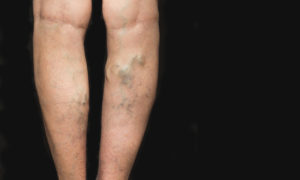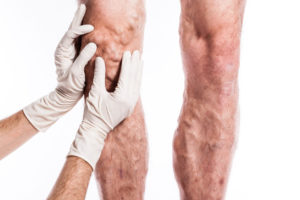

Varicose Veins
Varicose veins are large, raised, swollen blood vessels that twist and turn. Typically, these veins develop in the legs and are visible through the skin. These veins are an inherited condition and develop either alone or alongside of spider veins. These bulging veins most commonly arise from internal valve failure. When the internal valve loses its seal over time, blood begins to flow backwards also known as reflux. This causes the veins to protrude to the surface, creating unsightly and painful symptoms. Symptoms could include aching, restlessness, itching and heaviness. Varicose veins if left untreated, can lead to complications that include ulcers, dermatitis, pigmentation, or thrombosis.
What causes Varicose veins?
Varicose veins are mainly a genetic inheritance, but lifestyle choices also play significant factors. Here is what can cause Varicose Veins:
- Aging
- Obesity
- Sun exposure
- Hormonal changes
- Sedentary lifestyle
Pregnancy and Varicose Veins
Many women first develop varicose veins during pregnancy. During pregnancy, your blood volume increases, while the rate at which blood flows from your legs to your pelvis decreases. Increased progestin levels during pregnancy can result in dilated or opened veins. In addition, as a woman’s uterus grows, it puts pressure on the inferior vena cava (large vein on the right side of the body that carries blood. Generally, varicose veins usually diminish 3 months to a year after giving birth.
